Mission type Test flight SATCAT no. 12399 Apogee 271,000 m Landing date 14 April 1981 | COSPAR ID 1981-034A Orbits completed 37 Launch date 12 April 1981 Dates 12 Apr 1981 – 14 Apr 1981 Crew size 2 | |
 | ||
Mission duration 2 days, 6 hours, 20 minutes, 53 seconds Distance travelled 1,728,000 kilometres (1,074,000 mi) Members | ||
STS-1 (Space Transportation System-1) was the first orbital spaceflight of NASA's Space Shuttle program. The first orbiter, Columbia, launched on 12 April 1981 and returned on 14 April, 54.5 hours later, having orbited the Earth 37 times. Columbia carried a crew of two – mission commander John W. Young and pilot Robert L. Crippen. It was the first American manned space flight since the Apollo-Soyuz Test Project in 1975. STS-1 was also the only maiden test flight of a new US spacecraft to carry a crew, though it was preceded by atmospheric testing of the orbiter and ground testing of the space shuttle system.
Contents
- First space shuttle launch sts 1 1981
- Crew
- Support crew
- Mission parameters
- Suborbital mission plan
- Mission summary
- Mission anomalies
- Mission insignia
- Anniversary
- In popular culture
- Wake up calls
- Pad fatalities
- References
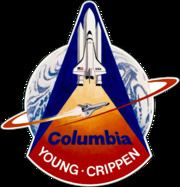
The launch occurred on the 20th anniversary of the first-ever human spaceflight. This was a coincidence rather than a celebration of the anniversary; a technical problem had prevented STS-1 from launching two days earlier, as was planned.
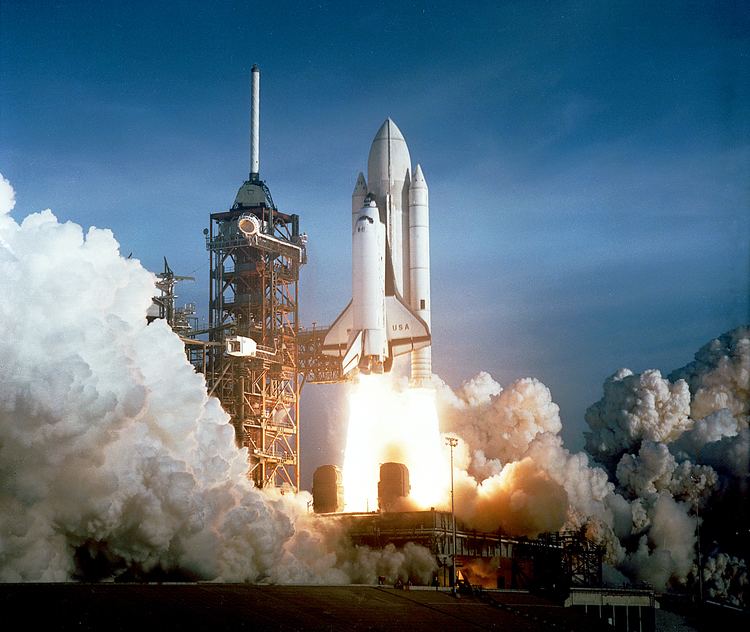
First space shuttle launch sts 1 1981
Crew
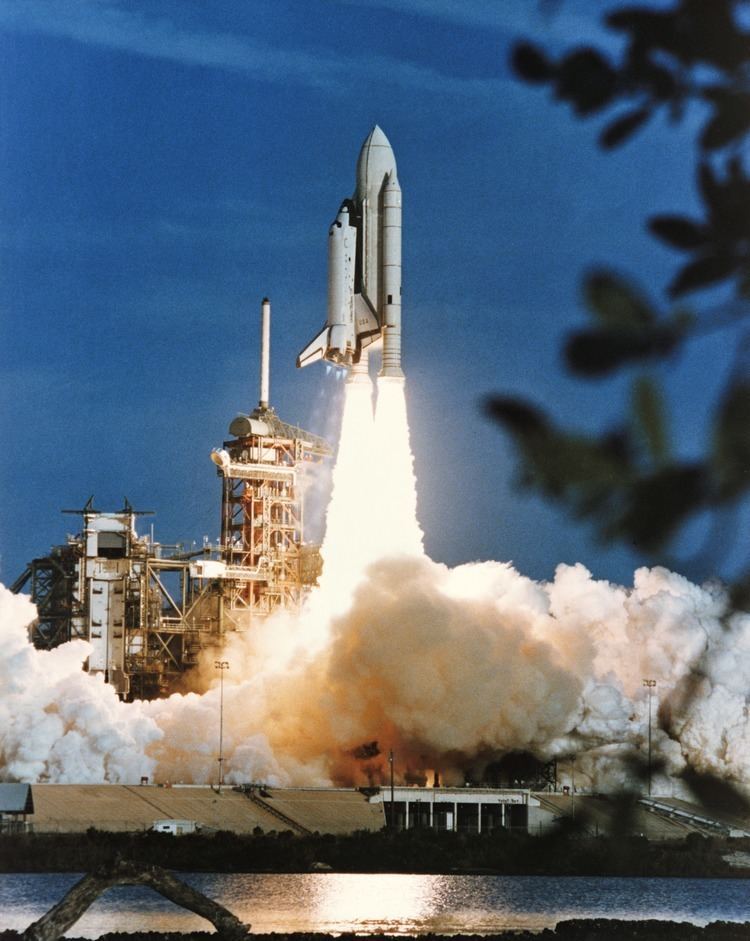
Both Young and Crippen were selected as the STS-1 crew in March 1978. Young was the most experienced astronaut in NASA at the time and was also the only member of his astronaut class in service. He had first flown in 1965 as pilot of Gemini 3, the first manned flight of the Gemini program, and would later command Gemini 10 in 1966. After the conclusion of the Gemini program, Young flew as command module pilot of Apollo 10 in 1969 and walked on the Moon as commander of Apollo 16 in 1972. He later became Chief of the Astronaut Office in 1974. Crippen, who had joined NASA in 1969 after the cancellation of the Manned Orbiting Laboratory, was a rookie and would become the first of his astronaut group to fly in space. Prior to his selection on STS-1, Crippen participated in the Skylab Medical Experiment Altitude Test and also served as a capsule communicator for all three Skylab missions and the Apollo-Soyuz Test Project.
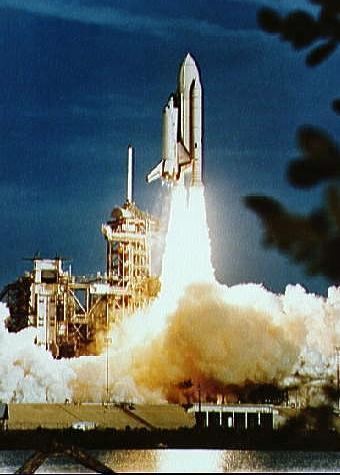
Columbia was manifested with EMUs for both Young and Crippen in the event of an emergency spacewalk. If such an event occurred, Crippen would go outside the orbiter, with Young standing by in case Crippen required assistance.
Support crew
Mission parameters
Suborbital mission plan
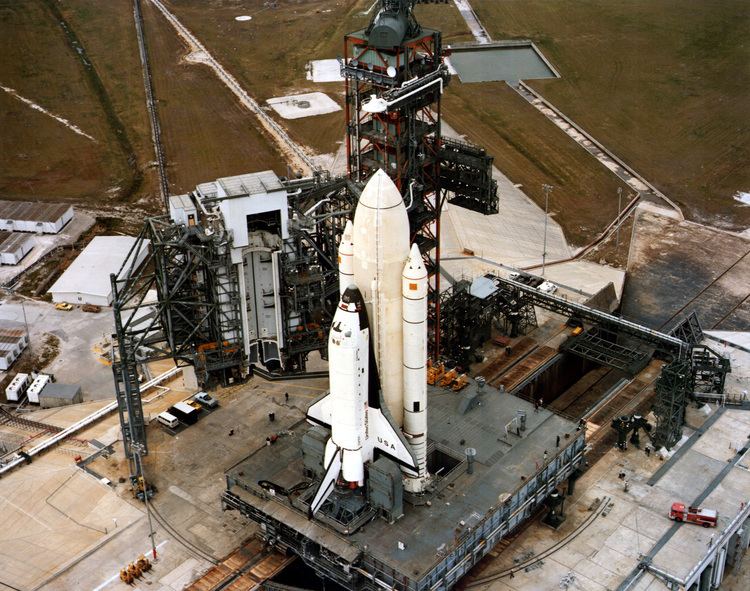
During the original planning stages for the early shuttle missions, NASA management felt a need to undertake initial tests of the system prior to the first orbital flight. To that end, they suggested that STS-1, instead of being an orbital flight, be used to test the Return To Launch Site (RTLS) abort scenario. This involved an abort being called in the first few moments after launch, and using its main engines, once the SRBs had been jettisoned, to power it back to the launch site. This scenario, while potentially necessary in the event of an early abort being called, was seen as being extremely dangerous and, as a consequence, John Young overruled the proposal, and STS-1 went ahead as the first orbital mission. The NASA managers were swayed by Young questioning the need for the test, and the weight of his opinion was strong especially as someone who not only been to the moon twice, but walked on it. He would go on the Shuttle again with STS-9 mission, a ten-day flight in 1983
Let’s not practice Russian roulette, because you may have a loaded gun there
Mission summary
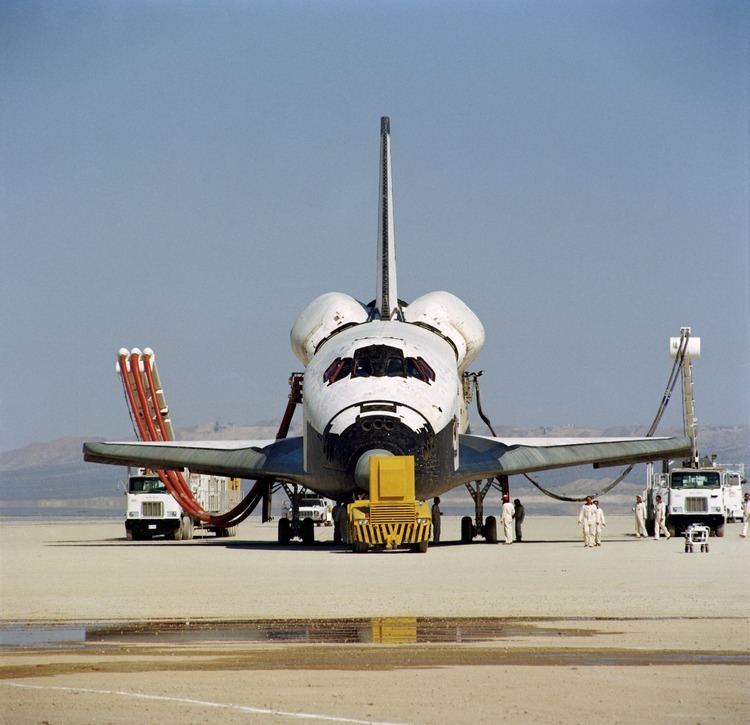
The first launch of the Space Shuttle occurred on 12 April 1981, exactly 20 years after the first manned space flight, when the orbiter Columbia, with two crew members, astronauts John W. Young, commander, and Robert L. Crippen, pilot, lifted off from Pad A, Launch Complex 39, at the Kennedy Space Center. The launch took place at 7 a.m. EST. A launch attempt two days earlier was scrubbed because of a timing problem in one of Columbia’s general-purpose computers.
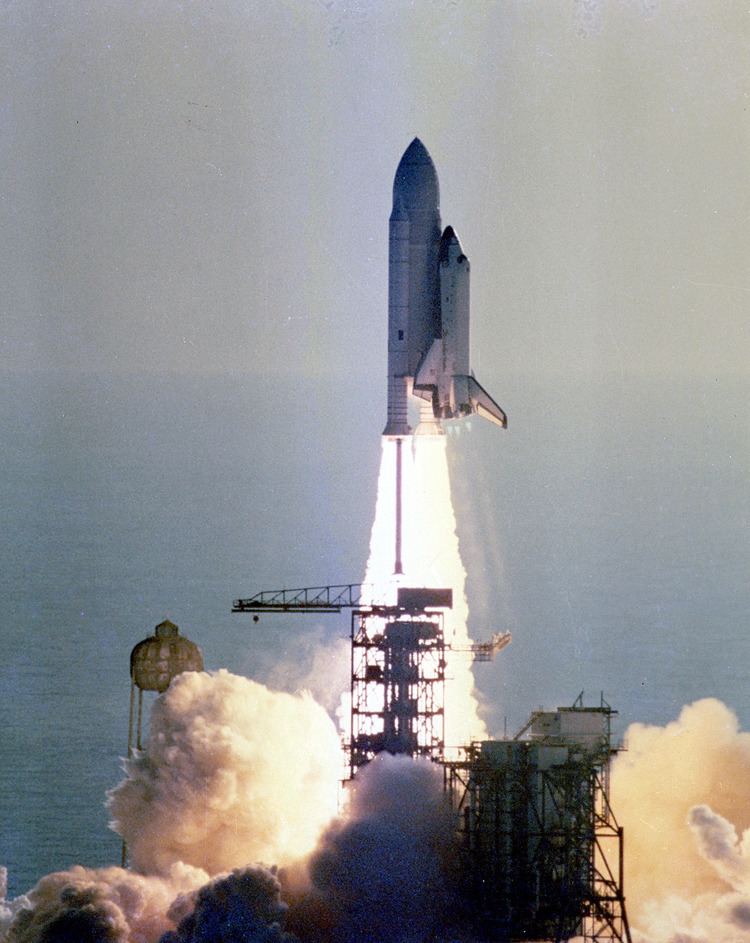
Not only was this the first launch of the Space Shuttle, but it marked the first time that solid-fuel rockets were used for a NASA manned launch (although all of the Mercury and Apollo astronauts had relied on a solid-fuel motor in their escape towers). STS-1 was also the first U.S. manned space vehicle launched without an unmanned powered test flight. The STS-1 orbiter, Columbia, also holds the record for the amount of time spent in the Orbiter Processing Facility (OPF) before launch – 610 days, the time needed for the replacement of many of its heat shield tiles.
The primary mission objectives of the maiden flight were to perform a general check out of the Space Shuttle system, accomplish a safe ascent into orbit and to return to Earth for a safe landing. The only payload carried on the mission was a Development Flight Instrumentation (DFI) package, which contained sensors and measuring devices to record the orbiter's performance and the stresses that occurred during launch, ascent, orbital flight, descent and landing. All of these objectives were met successfully, and the orbiter's spaceworthiness was verified.
During the second day of the mission, the astronauts received a phone call from Vice President George H. W. Bush. President Ronald Reagan had originally intended to visit the Mission Control Center during the mission, but at the time was still recovering from an assassination attempt which had taken place two weeks before the launch (in fact Reagan had only returned home to the White House the day prior to the launch).
Columbia reached an orbital altitude of 166 nautical miles (307 km). The 37-orbit, 1,074,567-mile (1,729,348 km)-long flight lasted 2 days, 6 hours, 20 minutes and 53 seconds. Landing occurred on Runway 23 at Edwards Air Force Base, California, at 10:21 am PST on 14 April 1981. Columbia was returned to Kennedy Space Center from California on 28 April atop the Shuttle Carrier Aircraft.
Mission anomalies
STS-1 was the first test flight of what was, at the time, the most complex spacecraft ever built. Numerous anomalies were observed during and after the flight, owing to the many components and systems that could not otherwise be adequately tested. Notable anomalies included:
Despite these problems, the STS-1 mission was completed successfully, and in most respects Columbia performed optimally. After some modifications to the shuttle and to the launch and re-entry procedures, Columbia flew the next four Shuttle missions.
Mission insignia
The artwork for the official mission insignia was designed by artist Robert McCall. It is a symbolic representation of the shuttle. The image does not depict the black wing roots present on the actual shuttle.
Anniversary
The ultimate launch date of STS-1 fell on the 20th anniversary of Yuri Gagarin's Vostok 1, the first spaceflight to carry a human crew. In 2001, Yuri's Night was established to celebrate both events. In a tribute to the 25th anniversary of the first flight of Space Shuttle, Firing Room 1 in the Launch Control Center at Kennedy Space Center – which launched STS-1 – was renamed the Young-Crippen Firing Room. NASA described the mission as "the boldest test flight in history".
In popular culture
The song "Countdown", by Rush, from the 1982 album Signals, was written about STS-1 and the inaugural flight of Columbia. The song was "dedicated with thanks to astronauts Young and Crippen and all the people of NASA for their inspiration and cooperation".
IMAX cameras filmed the launch, landing, and mission control during the flight, for a film entitled Hail Columbia!, which debuted in 1982 and later became available on DVD. The title of the film comes from the pre-1930s unofficial American national anthem, Hail, Columbia.
Wake-up calls
NASA began a tradition of playing music to astronauts during the Gemini program, and first used music to wake up a flight crew during Apollo 15. A special musical track is chosen for each day in space, often by the astronauts' families, to have a special meaning to an individual member of the crew, or in reference to the day's planned activities.
Pad fatalities
An accident occurred on March 19, 1981 that led to the deaths of three people. During a countdown test for STS-1, a pure nitrogen atmosphere was introduced in the aft engine compartment of Columbia to reduce the danger of an explosion from the many other potentially dangerous gases on board the orbiter. At the conclusion of the test, pad workers were given clearance to return to work on the orbiter, even though the nitrogen had not yet been purged due to a recent procedure change. Three technicians, John Bjornstand, Forrest Cole, and Nick Mullon, entered the compartment without air packs, unaware of the danger since nitrogen gas is odorless and colorless, and lost consciousnesses due to lack of oxygen. Several minutes later, another worker saw them and tried to help, but passed out himself. The fourth did not alert anyone, but was himself seen by two other people. Of those two, one alerted a security guard and another went to help the unconscious group. The security guard entered the compartment with an air pack and removed the five men from the compartment.
Security procedures delayed ambulances from arriving on the scene by several minutes. Bjornstad died at the scene; Cole died two weeks later without ever regaining consciousness, and Mullon suffered permanent brain damage and died 14 years later from complications of his injuries. These were the first launchpad deaths at Canaveral since the Apollo 1 fire, which claimed the lives of three astronauts during preparations for the manned moon landing missions.
The incident did not delay the launch of STS-1 less than a month later, but the commander of that mission gave an on-orbit tribute to Bjornstad and Cole. A three-month inquiry determined a combination of a recent change in safety procedures and a miscommunication during the operations were the cause of the accident. A report called LC-39A Mishap Investigation Board Final Report was released with the findings. The names of John Bjornstad, Forrest Cole and Nicholas Mullon are engraved on a monument at the US Space Walk of Fame in Florida.
